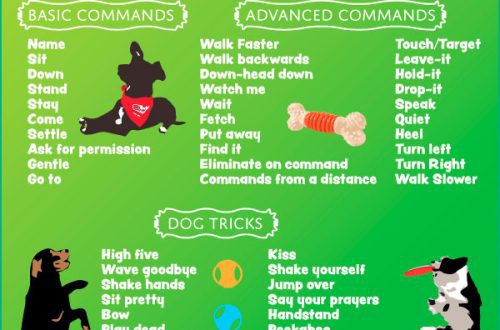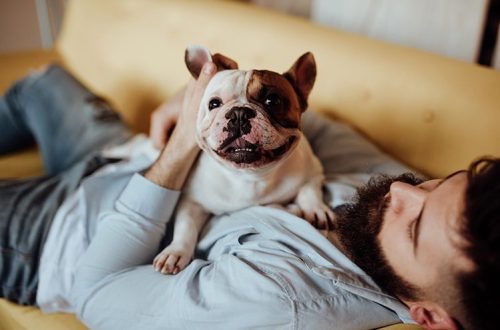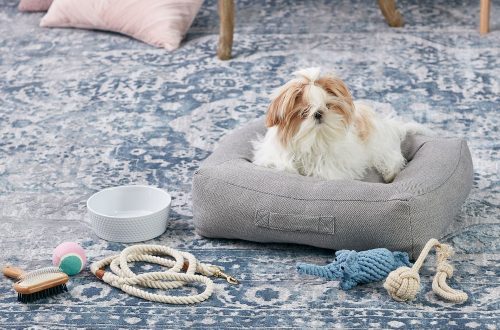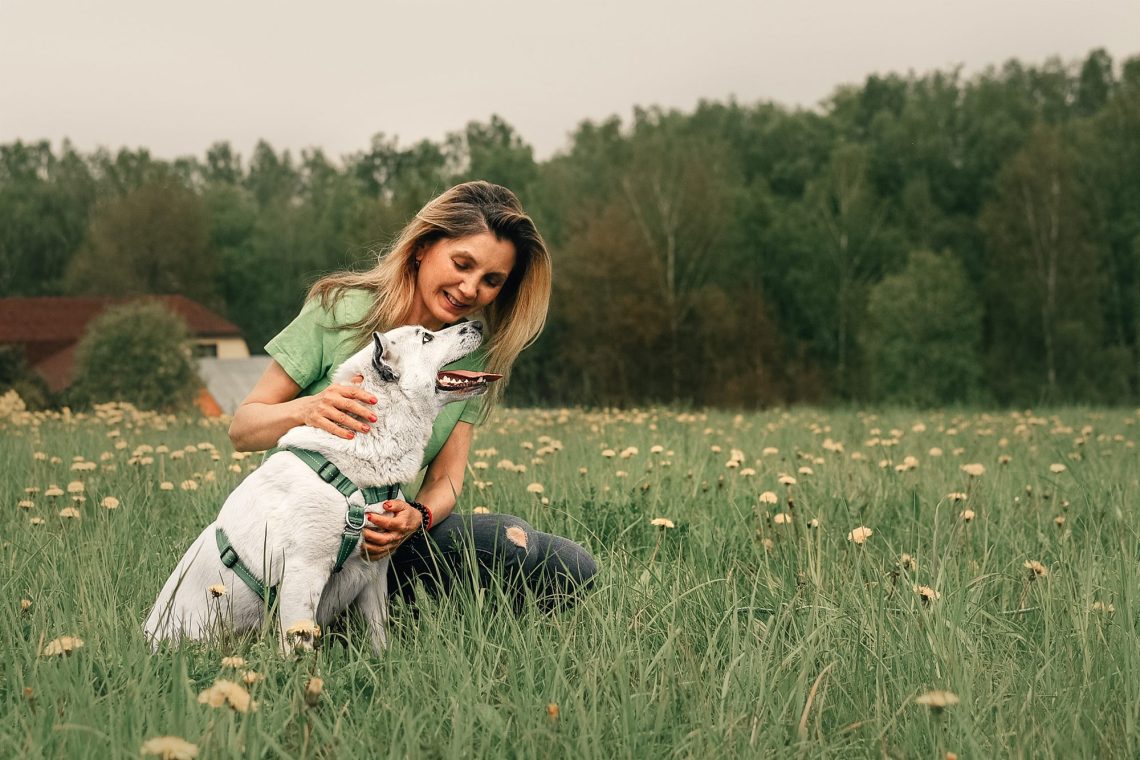
Teenage dog: how to maintain health and relationships in adolescence
Why do teenage dogs change and how to improve relations with them, we found out from the dog and cat trainer, zoopsychologist and TiTach coach Alla Ukhanova.
Let’s say you bought, adopted or found a puppy, and took it to the family. Everything was fine: he gets used to the toilet, he knows the name, he learned to sit, lie down, stand in five minutes. He came when called, was nice to children and adults, even strangers. But in five months it seemed to have been replaced. Once an angelic puppy suddenly turns into a shaggy monster. Know that you are not alone.
Most families with dogs go through the difficulties of a puppy’s adolescence. Not everyone stays together. showed that 65% of dogs are taken to a shelter under the age of three years.
To understand a pet, remember yourself as a teenager. Around an unfamiliar and, it seems, unfriendly world. It is not clear how to behave and who to rely on. The puppy has the same problems: inside everything changes, outside everything is incomprehensible. And then the owner became angry.
Dogs mature from 6-9 months. This time is transitional from puppy to junior. And the main changes in appearance and character occur closer to 9-10 months.
In addition to psychology, consider physiological changes. Everything that happens to your puppy is natural and determined by his nature.
- Changes occur in the reproductive system in dogs
The level of reproductive hormones in males begins to rise from 20 weeks and stabilizes at 7-12 months. The first estrus in a bitch can occur at 5 months, it also depends on the breed and size of the dog.
- Brain development continues
The sizes and proportions of the parts of the brain on which self-control depends are changing. Sometimes I hear: “The puppy learned so quickly in training, but now it seems to have become dumber and does not obey.” No, he didn’t get any dumber. The brain grows and transforms, abilities change.
- Behavior is changing
Increased motivation to protect resources such as food, shelter, territory. This can lead to aggression. Aggression may appear and grow. Social behavior is on the decline: games with other dogs, strangers. The desire to explore the environment grows, which means that escapes are possible, and the call becomes worse. Sexual behavior and territory marking are intensifying. Familiar? You really are not alone.
We figured out the reasons. Now let’s move on to practice. I’ll tell you about the four main changes in the dog’s behavior: why they are dangerous and how to help.
- Dog sleeps little
During adolescence, dogs change their sleep schedule. Remember how much the puppy slept? Now he can fall asleep after an evening walk and wake up at midnight, ready for adventure and a party. At the same time, sleep is very important. Reduction and interruption of periods of sleep, lack of sleep cause an increased reaction of the brain to negative information and experiences. Fear and aggression appear: sleep deprivation enhances the memorization of negative events and interferes with the formation of necessary memories. If you trained a puppy, but a dog attacked him on a walk, then the new skill will not be remembered. In this case, the fear will be fixed in the memory. So sleep is everything.
How can I help you. Offer your dog calm mental games. Do not punish or encourage emotional activity. In such situations, non-aggressive music will calm the pet. Try turning on Dog TV. And most importantly, don’t panic. These episodes will not stay for long and you can deal with them.
- Pet chews on things
By adolescence, a puppy’s teeth are fully formed and “puppy bites” usually stop. But every dog needs to chew and nibble something every day.
How can I help you. Give your puppy something safe to chew on. And remove what you can not chew. Suitable long-lasting dental treats without harmful impurities, toys made of durable rubber. Stay close and make sure that the puppy does not swallow inedible. At this age, immunity weakens, allergies appear. Therefore, choose your dog’s diet together with a veterinary nutritionist.
- The dog tries to run away
Puppies are afraid to go far from home and their man for a walk. They can freeze in place and not move anywhere. When a puppy becomes a teenager, he tirelessly explores new places, smells, objects. And then he runs after a squirrel, a cat, another dog. Even if the puppy responded to every call, it becomes more difficult for a teenager with this.
How can I help you. Walk your dog on a leash for 5 to 10 meters. Reward every glance at you, and even more so if the dog comes to you when you are not calling. Choose valuable and tasty delicacies for a walk
Keep introducing your pet to new places, people, other dogs, and situations. Create an association with the positive and pleasant. Start with long distances, encouraging the puppy. Do not immerse him in the terrible: a negative experience is quickly fixed. Give your pet time to process the new information by doing short repetitions. If the puppy barks at something unknown, it is enough to sit down next to him and calmly talk. Then the barking stops.
- Pet does not pay attention
It is difficult to focus attention when there is a lot of interesting things around. This happens to a teenager when training around other dogs. Short memory is able to process no more than 7 stimuli. There are many more on the site. Therefore, it is best to start training at home, when the dog is not distracted. Gradually add stimuli. Practice outdoors only when the dog can do well what you teach him.
How can I help you. Natural agility is best for teenagers. These are walks in nature with the possibility of exploration, sniffing and physical activity using natural objects and obstacles: stumps, fallen trees, low benches. You can climb them, you can step over them. There is no need for complex fast exercises. Your teenager is not yet mature, and trauma to any tissue can sometimes go unnoticed for life.
Avoid punishment in any form: they break the puppy’s attachment to you, it reduces the ability to learn. The puppy’s skills have not gone away: they remain in his catastrophically changing brain, but it is difficult for him to “get” them out of there. Breathe deeply, continue to reinforce the desired behavior and teach new things in a calm environment without squirrels, cats, other dogs. All knowledge will return when you overcome this difficult time. Use soft, but more effective methods of education.
What will help reduce the stress of a dog in adolescence:
Proper adequate sleep
A trusting relationship with your person
Minimizing Stress and Opportunities for Frustration
A balanced, species-specific diet with a variety of foods
The ability to gnaw what is allowed and safe every day
Brief workouts using positive reinforcement
Learning new skills in the game
Anatomically correct ammunition
Using the sense of smell: Nosework, search games
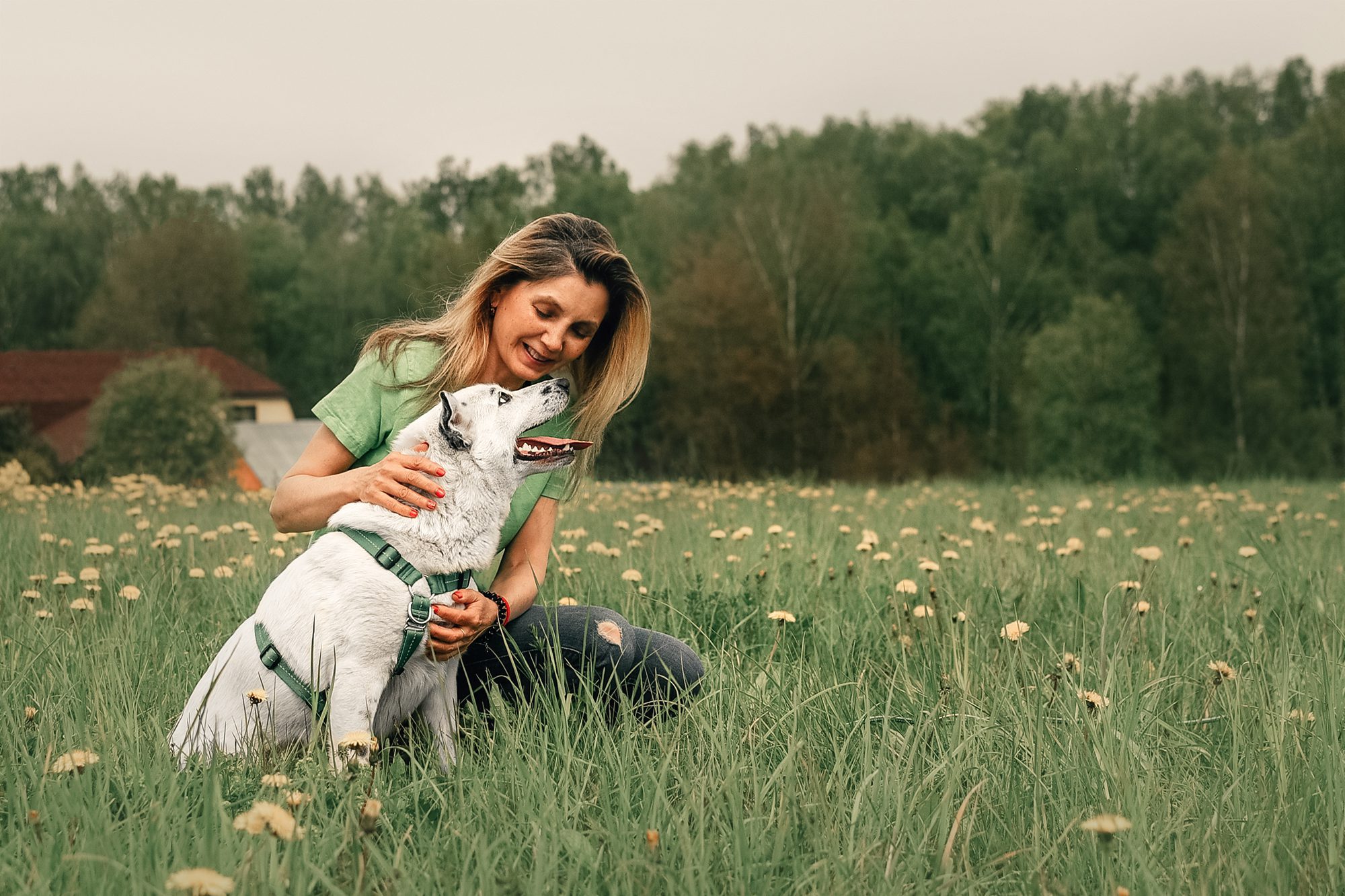
And most importantly – remember: the transitional age will pass quickly. All your efforts to maintain the relationship, develop the dog and give the pet the opportunity to explore the world in peace will definitely pay off when the dog becomes an adult. And if you find it difficult to create a program for your puppy yourself, contact a specialist in the behavior of teenage dogs.



